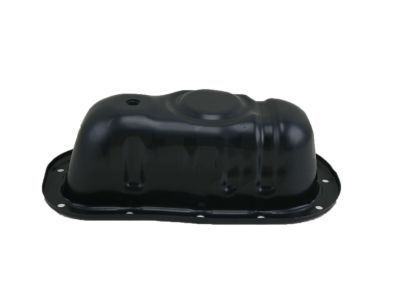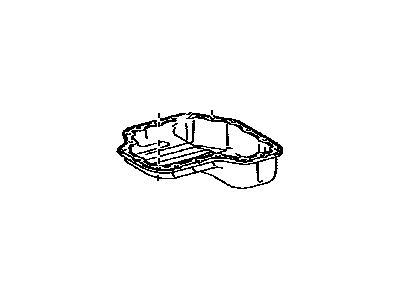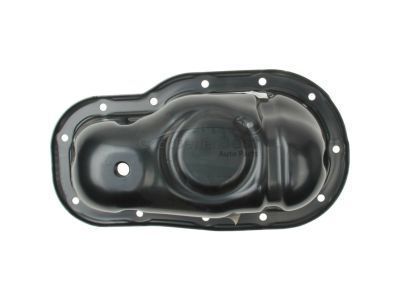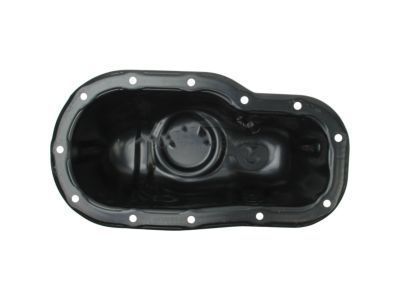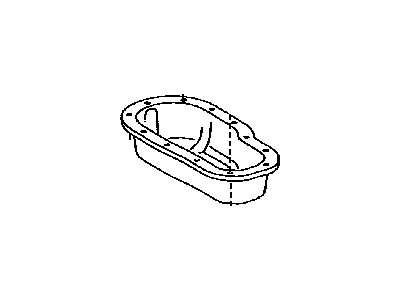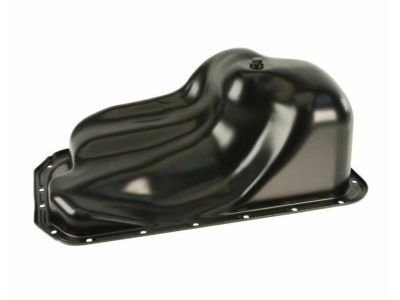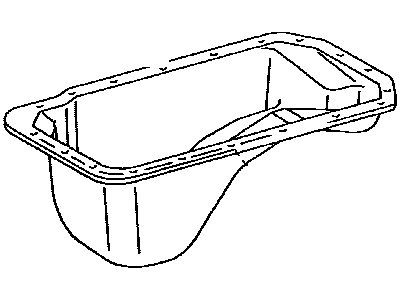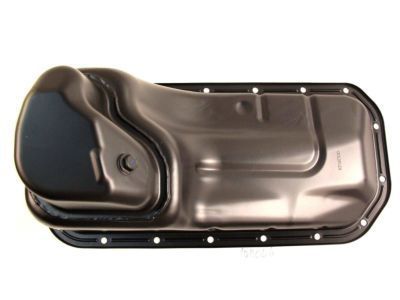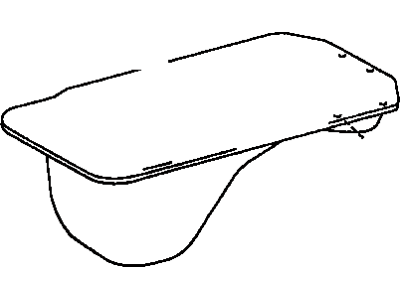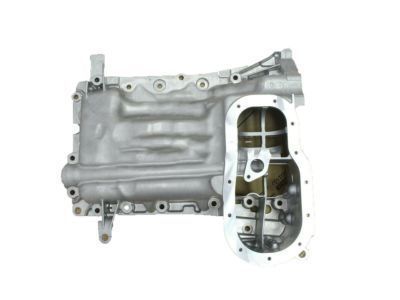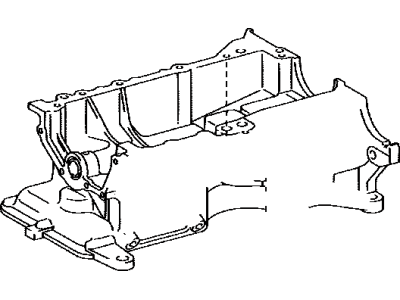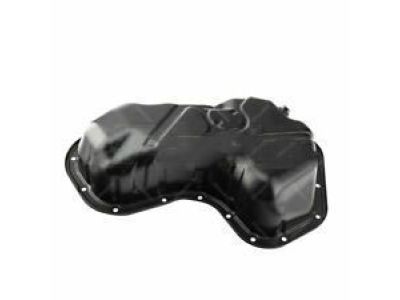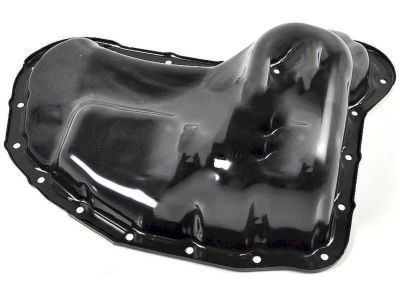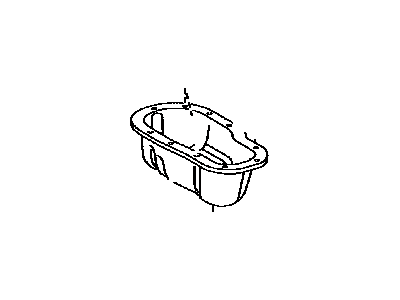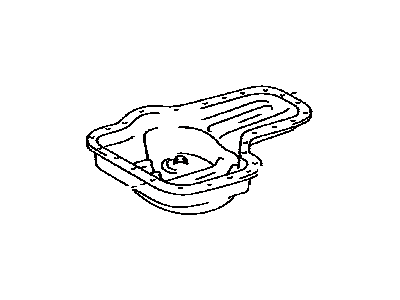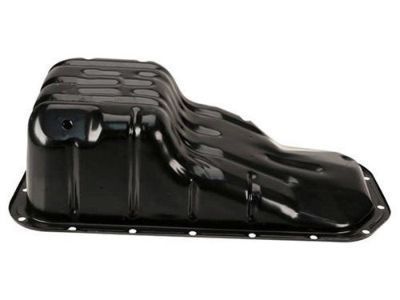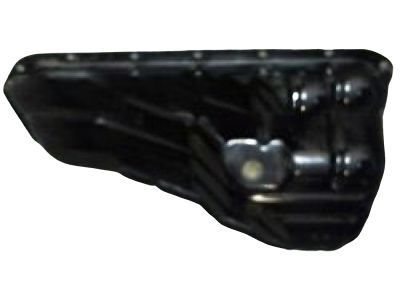

My Garage
My Account
Cart
Genuine Toyota Tacoma Oil Pan
Oil Drain Pan- Select Vehicle by Model
- Select Vehicle by VIN
Select Vehicle by Model
orMake
Model
Year
Select Vehicle by VIN
For the most accurate results, select vehicle by your VIN (Vehicle Identification Number).
17 Oil Pans found
Toyota Tacoma Oil Pan Sub-Assembly
Part Number: 12102-31010$71.97 MSRP: $101.44You Save: $29.47 (30%)Ships in 1-2 Business DaysToyota Tacoma Oil Pan Sub-Assembly
Part Number: 12102-AD010$71.97 MSRP: $101.44You Save: $29.47 (30%)Ships in 1-3 Business DaysToyota Tacoma Oil Pan Sub-Assembly
Part Number: 12101-62070$176.89 MSRP: $253.65You Save: $76.76 (31%)Ships in 1-2 Business DaysToyota Tacoma Oil Pan Sub-Assembly
Part Number: 12101-75050$166.71 MSRP: $237.01You Save: $70.30 (30%)Ships in 1-3 Business DaysToyota Tacoma Oil Pan Sub-Assembly
Part Number: 12101-31071$255.30 MSRP: $366.09You Save: $110.79 (31%)Ships in 1-3 Business DaysToyota Tacoma Pan Sub-Assembly, Oil, N
Part Number: 12102-0P030$145.89 MSRP: $207.40You Save: $61.51 (30%)Ships in 1-2 Business DaysToyota Tacoma Oil Pan Sub-Assembly
Part Number: 12102-75021$120.03 MSRP: $170.64You Save: $50.61 (30%)Ships in 1-2 Business DaysToyota Tacoma Oil Pan Sub-Assembly
Part Number: 12101-0P030$255.30 MSRP: $366.09You Save: $110.79 (31%)Ships in 1-3 Business DaysToyota Tacoma Pan Sub-Assembly, Oil, N
Part Number: 12101-0P020$186.98 MSRP: $268.12You Save: $81.14 (31%)Ships in 1-2 Business DaysToyota Tacoma Oil Pan Sub-Assembly
Part Number: 12102-31020$174.08 MSRP: $247.49You Save: $73.41 (30%)Ships in 1-3 Business DaysToyota Tacoma Oil Pan Sub-Assembly
Part Number: 12101-75160$133.49 MSRP: $189.77You Save: $56.28 (30%)Ships in 1-3 Business DaysToyota Tacoma Oil Pan Sub-Assembly
Part Number: 12101-75140$146.82 MSRP: $208.74You Save: $61.92 (30%)Ships in 1-3 Business DaysToyota Tacoma Oil Pan Sub-Assembly
Part Number: 12101-31090$224.68 MSRP: $322.17You Save: $97.49 (31%)Ships in 1-3 Business DaysToyota Tacoma PAN SUB-ASSY, OIL, N
Part Number: 12102-F0050$113.86 MSRP: $160.49You Save: $46.63 (30%)Ships in 1-2 Business DaysToyota Tacoma Oil Pan Sub-Assembly
Part Number: 12101-75041$144.25 MSRP: $205.07You Save: $60.82 (30%)Toyota Tacoma Oil Pan Sub-Assembly
Part Number: 12101-75040$144.25 MSRP: $205.07You Save: $60.82 (30%)
Toyota Tacoma Oil Pan
If you are in demand for superior quality and affordable OEM Toyota Tacoma Oil Pan, then shop with us! We own a wide range of the reduced-priced genuine Toyota Tacoma Oil Pan. You can purchase in confidence as all parts come with a manufacturer's warranty. Any issues with our products? No need to worry as we have a hassle-free return policy to guide you every step of the way.
Toyota Tacoma Oil Pan Parts Questions & Experts Answers
- Q: How to remove and install the oil pan in V6 engine on 2005 through 2009 Toyota Tacoma?A:The oil pan cannot be removed from these vehicles without first obtaining adequate clearance. For 2WD models, the engine must be completely removed, although it may be possible to raise the engine enough to create space for oil pan removal. In some 4WD models, removing the front differential may provide sufficient clearance. Begin by disconnecting the cable from the negative terminal of the battery and draining the engine oil. For 2WD models, remove the engine, noting that lifting it above the crossmember may allow for oil pan removal without full removal from the engine bay. For 4WD models, remove the front differential/axle assembly for clearance. Next, remove the bolts and nuts securing oil pan No. 2 to the larger cast aluminum oil pan, which may be stuck due to RTV sealant; use a rubber-tipped mallet or a putty knife to carefully detach it without damaging the mating surfaces. Remove the oil pump pickup tube/strainer assembly, the flywheel housing cover, and the bolts and nuts securing the oil pan to the engine block, then pry the oil pan loose, taking care to only pry in the small cutout areas along the side. For installation, scrape off old sealant from the block and oil pan, clean the mating surfaces, and ensure the threaded holes in the block are clean. Check the steel oil pan flange for distortion and flatten it if necessary. Inspect the strainer for cracks or blockage, clean it, and install it with a new gasket, tightening the fasteners to the specified torque. Apply a 1/8 inch bead of RTV sealant to the upper oil pan flange, position the pan onto the block, and install the fasteners, tightening them from the center out in several steps. After installing the aluminum portion of the oil pan, apply RTV sealant to the flange of oil pan No. 2, position it, and install the bolts, again tightening from the center out. Complete the installation by reversing the removal steps, adding oil, and installing a new filter, then run the engine and check for leaks.
Related Toyota Tacoma Parts
Browse by Year
2025 Oil Pan 2024 Oil Pan 2023 Oil Pan 2022 Oil Pan 2021 Oil Pan 2020 Oil Pan 2019 Oil Pan 2018 Oil Pan 2017 Oil Pan 2016 Oil Pan 2015 Oil Pan 2014 Oil Pan 2013 Oil Pan 2012 Oil Pan 2011 Oil Pan 2010 Oil Pan 2009 Oil Pan 2008 Oil Pan 2007 Oil Pan 2006 Oil Pan 2005 Oil Pan 2004 Oil Pan 2003 Oil Pan 2002 Oil Pan 2001 Oil Pan 2000 Oil Pan 1999 Oil Pan 1998 Oil Pan 1997 Oil Pan 1996 Oil Pan 1995 Oil Pan
